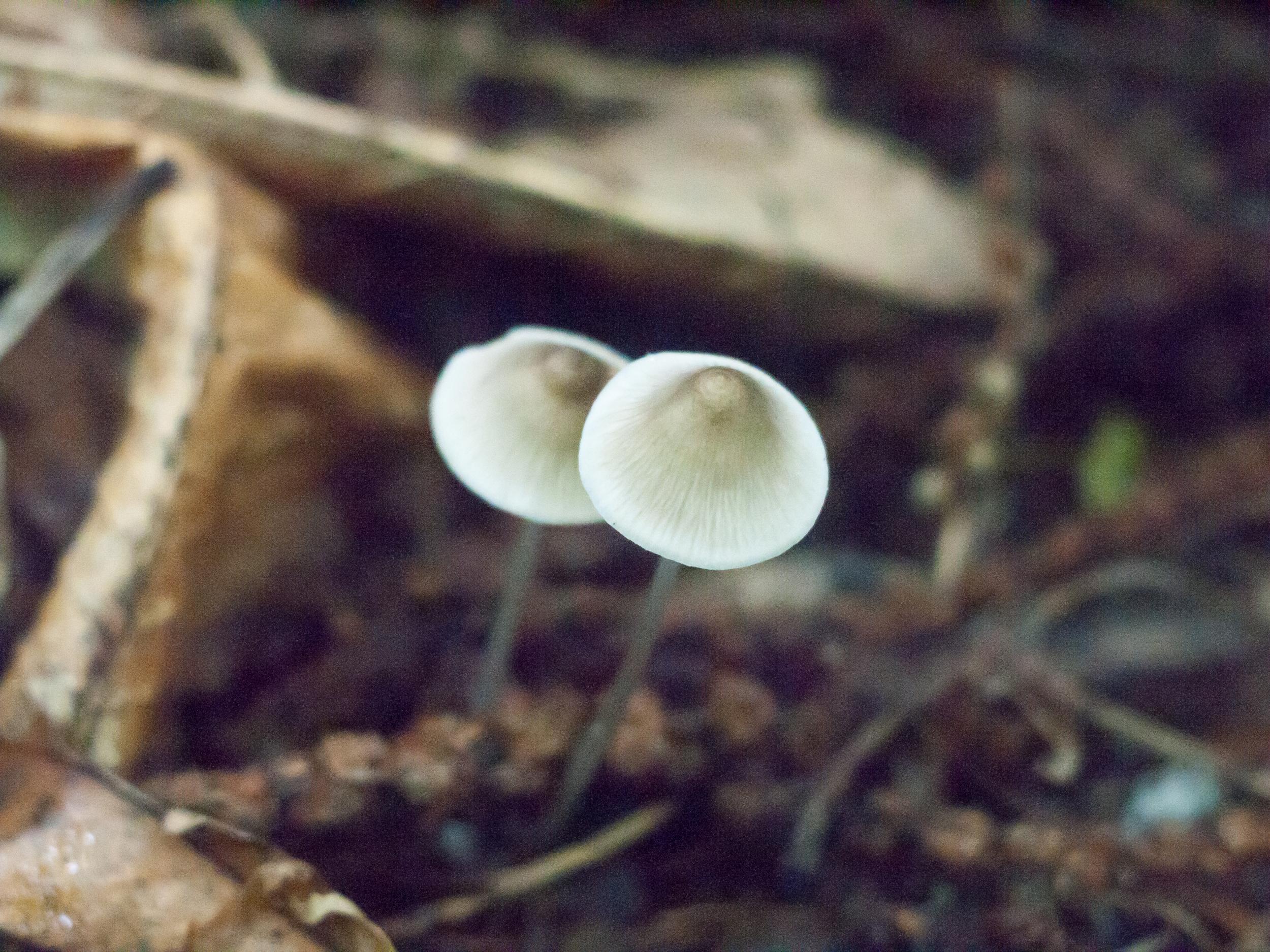Magic mushrooms see growth bonanza across UK after mild winter: 'It’s been a particularly good one'
Climate change and air pollution among factors encouraging growth of hallucinogenic fungi

Your support helps us to tell the story
From reproductive rights to climate change to Big Tech, The Independent is on the ground when the story is developing. Whether it's investigating the financials of Elon Musk's pro-Trump PAC or producing our latest documentary, 'The A Word', which shines a light on the American women fighting for reproductive rights, we know how important it is to parse out the facts from the messaging.
At such a critical moment in US history, we need reporters on the ground. Your donation allows us to keep sending journalists to speak to both sides of the story.
The Independent is trusted by Americans across the entire political spectrum. And unlike many other quality news outlets, we choose not to lock Americans out of our reporting and analysis with paywalls. We believe quality journalism should be available to everyone, paid for by those who can afford it.
Your support makes all the difference.Magic mushrooms are booming this winter amid unseasonlbly warm temperatures across the country, experts say.
Large populations of the psychoactive mushroom (Psilocybe semilanceata) have been found growing naturally in Shropshire and Staffordshire as the UK is yet to see its first hard frost, which would usually end the fungi-foraging season.
Warnings have been issued to foragers who could accidentally pick the class A drug.
Dried magic mushrooms have long been illegal in the UK, but fresh mushrooms were also banned in 2005.
“We’ve seen quite a lot of fungus species which you would normally expect to see dying out in early November – when the frosts come – happily sprouting up in January,” Michael Jordan, chief executive of the Fungus Conservation Trust, told The Independent.
“For grassland fungi it’s certainly been a particularly good one.”
Alastair Hotchkiss of the Woodland Trust said the combination of the summer heatwave and a mild winter so far could have resulted in a shift in the magic mushroom’s fruiting season.
The species, which typically flourishes on wetter open fields where sheep graze, has fared much better after the hot summer than other fungi.
“Magic mushrooms are mainly a species of open grasslands, and the fruit bodies – the bit we see – the tip of the iceberg – of many other grassland fungi like the waxcaps, coral fungi and earthtongues, were notably scarce in the 2018 autumn season, perhaps because of the long hot dry summer last year,” Mr Hotchkiss said.
But the explosion of magic mushroom populations may not be a positive sign. Mr Hotchkiss suggested both a warmer climate, and the greater levels of toxins in the air could be contributing to the boom.
“It is generally considered that there are some dramatic and rapid shifts in the way some fungi are fruiting - including a longer fruiting season for most, as well as some fungi being observed on new host species, or fruiting twice in a year,” he said.
“Climate change is clearly affecting these natural cycles of flowering in plants and fruiting in fungi too.
"Other factors are also impacting fungi, for example nitrogen air pollution is thought to be having a massive impact on woodland fungi – there is particular concern about impacts on ectomycorrhizal species (the life-support fungi associated with tree roots), and the subsequent impacts on tree and woodland health.”
Magic mushrooms closely resemble several types of lethally poisonous mushrooms.
The two most-common types of magic mushrooms are Liberty Caps, which appear as small thin mushrooms with tall bell-shaped caps and which have pale stems and a darker cap, and Fly Agarics, which look like red and white spotted toadstools – much like the character Toad in Mario Kart.
“There is always a risk [picking fungi].” Mr Jordan said.
“One of the problems is that someone who doesn’t know exactly what they’re looking at without good practical field experience [and who is looking for magic mushrooms] could quite easily get that wrong and get one of the smaller grassland species which produce different kinds of chemicals which are much more toxic and can have more adverse effects.
“We often see cases where people just don’t know what they’re looking at.”
Join our commenting forum
Join thought-provoking conversations, follow other Independent readers and see their replies
Comments